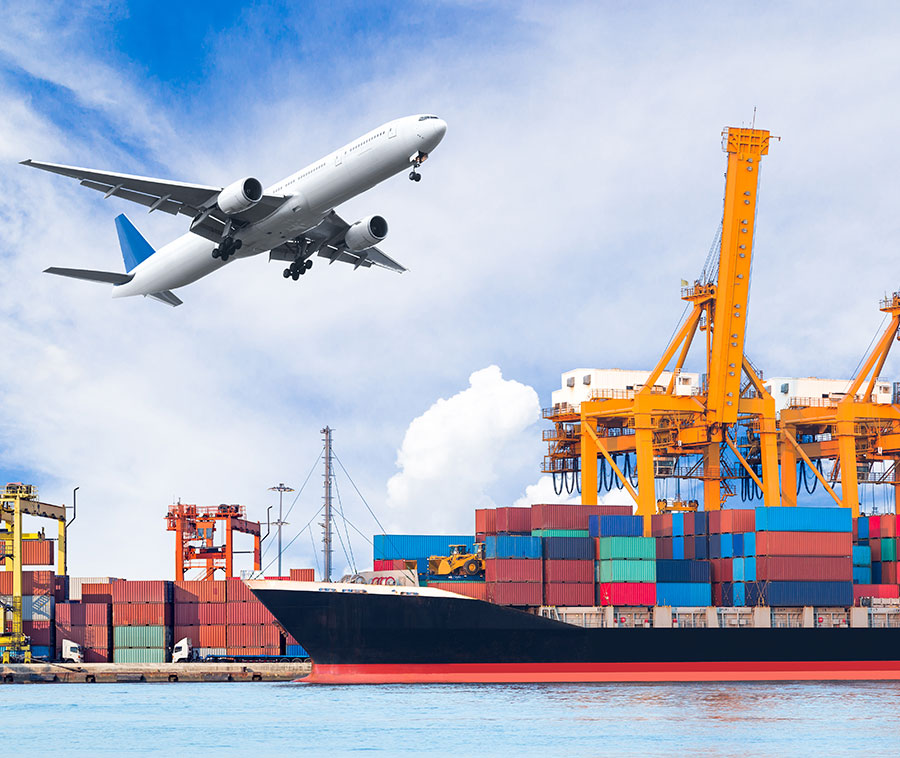Air vs Sea Freight: Choosing the Best Shipping Option
Air freight is the go-to option when speed is a priority. If you need to move goods quickly, air transport ensures they reach their destination in a matter of days rather than weeks.
Advantages of Air Freight
Air Freight: Speed and Reliability at a Cost
One of the biggest mistakes businesses make is assuming that all suppliers are equally reliable. Without proper vetting, you could end up working with manufacturers that produce subpar products, miss deadlines or even disappear after taking payments.
How to Avoid It:
Fastest Shipping Option – Air freight is the quickest way to move goods across international borders, making it ideal for urgent shipments.
Reliable and Predictable – Flights operate on regular schedules, reducing the risk of delays caused by congestion or weather conditions.
Lower Risk of Damage – Air freight is handled with more care than sea freight, reducing the likelihood of damage to fragile or high-value item
Less Inventory Holding Costs – Faster shipping means businesses can maintain lower inventory levels, reducing warehousing costs.
Disadvantages of Air Freight
Higher Costs – Air freight is significantly more expensive than sea freight, making it less viable for bulky or low-margin goods.
Limited Cargo Capacity – Airlines have weight and size restrictions, which can make it difficult to ship large, oversized or heavy goods.
Higher Carbon Footprint – Air transport has a greater environmental impact compared to sea freight, which is an important factor for businesses prioritising sustainability.
Sea Freight: Cost-Effective but Slower
Sea freight remains the most common method for international shipping due to its affordability and ability to handle large volumes. It’s a great choice for businesses that don’t require immediate delivery and need to keep logistics costs low.
Advantages of Sea Freight
Lower Costs for Large Shipments – Sea freight is much more economical for bulk orders, making it ideal for businesses moving high volumes of goods.
Fewer Size and Weight Restrictions – Unlike air freight, sea freight allows for oversized, heavy and awkwardly shaped goods to be transported with ease.
More Environmentally Friendly – Although slower, sea freight has a lower carbon footprint per tonne of cargo moved, making it a more sustainable option.
Better for Supply Chain Planning – Businesses with well-structured logistics can take advantage of lower costs by planning shipments in advance.
Disadvantages of Sea Freight
Longer Transit Times – Shipping by sea takes weeks rather than days, which may not be ideal for time-sensitive goods.
Potential for Delays – Ports can be congested, and customs clearance may take longer, leading to unpredictable delivery times.
Higher Risk of Damage – Goods are exposed to rough handling and longer transport durations, increasing the potential for damage, particularly for fragile products.
Key Factors to Consider When Choosing
When deciding between air and sea freight, businesses should evaluate:
Urgency – If you need goods fast, air freight is the better choice. If time is flexible, sea freight offers better value.
Budget – Air freight is more expensive but necessary for high-value or perishable goods. Sea freight is more cost-effective for large shipments.
Product Type – Fragile, high-value, or small shipments may be safer via air. Large, heavy, or bulk shipments are best suited for sea freight.
Environmental Impact – If sustainability is a priority, sea freight is the greener option.
Customs & Regulations – Some countries have faster processing times for air freight, while others may impose stricter regulations on sea shipments.
Which One is Right for You?
For businesses that prioritise speed and reliability, air freight is the best choice. If cost and shipment size are the main concerns, sea freight is the way to go. Many businesses adopt a hybrid approach, using air freight for urgent stock replenishments and sea freight for bulk inventory.
If you’re unsure which option suits your needs best, contact us today for expert advice on optimising your logistics strategy.



